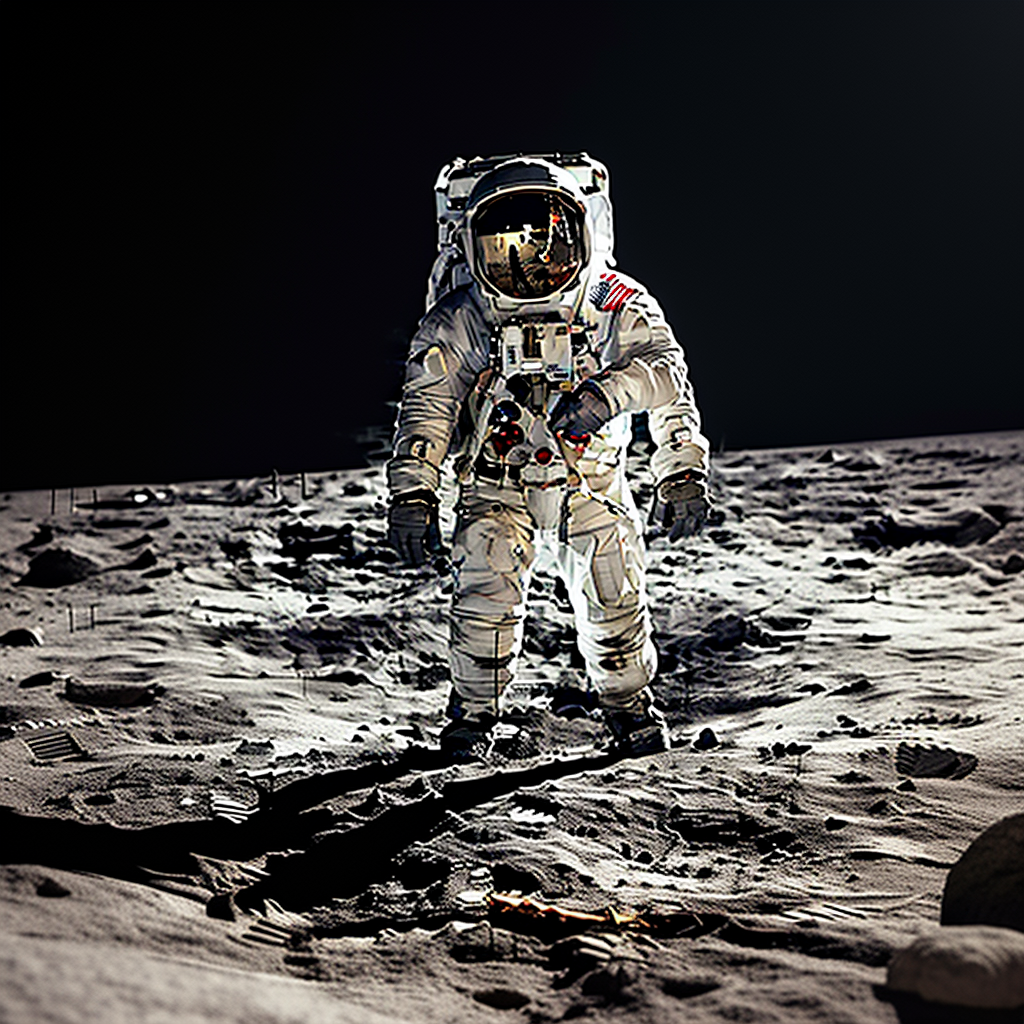America’s Lunar Leap: Fact or Fiction?
The Apollo 11 mission, culminating in the first human steps on the moon in 1969, stands as a monumental achievement in human history. Yet, for over half a century, whispers of doubt and elaborate conspiracy theories have swirled around this seemingly singular victory. We take a look into some of the most prevalent theories and explore the evidence, or lack thereof, behind them.
Theory #1: The Flickering Flag: A grainy image of the American flag seemingly billowing in the lunar wind, despite the absence of atmosphere, sparked speculation. Critics argue it was filmed in a studio with a fan, a claim debunked by the fact the flag’s ripples were vertical, not horizontal as they would be from a fan.
Theory #2: Missing Stars: Photos of the astronauts on the moon appear devoid of stars. This, some argue, proves they were in a studio with a fake sky. However, the bright lunar surface and long exposure times used in the photographs are the actual culprits for the lack of visible stars, a phenomenon easily replicated in terrestrial photography.
Theory #3: Soviet Silence: The supposed lack of public outcry from the Soviet Union, the US’s space race rival, was seen as suspicious by some. However, historical records reveal internal Soviet memos acknowledging the American achievement, albeit grudgingly.
Theory #4: Vanishing Shadows: The parallel shadows cast by the astronauts and the lunar lander are cited as evidence of multiple light sources, suggesting a studio setting. However, the uneven lunar terrain can easily account for the slightly different angles of the shadows, a fact confirmed by lunar laser ranging experiments.
Theory #5: The Smoking Gun: The Soviets Found It! A conspiracy theory claims the Soviets secretly landed on the moon and discovered the American flag and equipment, proving it was a hoax. However, no concrete evidence, such as photographs or lunar samples, has ever been presented to support this claim.
While these theories may seem intriguing, they often lack scientific basis and rely on misinterpretations of evidence or selective omissions of facts. The vast body of scientific data, physical evidence, and eyewitness testimonies overwhelmingly support the reality of the moon landing.
Ultimately, the choice to believe in the moon landing or not lies with each individual. However, it’s crucial to approach any conspiracy theory with a critical eye, evaluating the evidence and considering alternative explanations before drawing conclusions. The moon landing remains a testament to human ingenuity and scientific progress, a feat that continues to inspire generations to reach for the stars.






